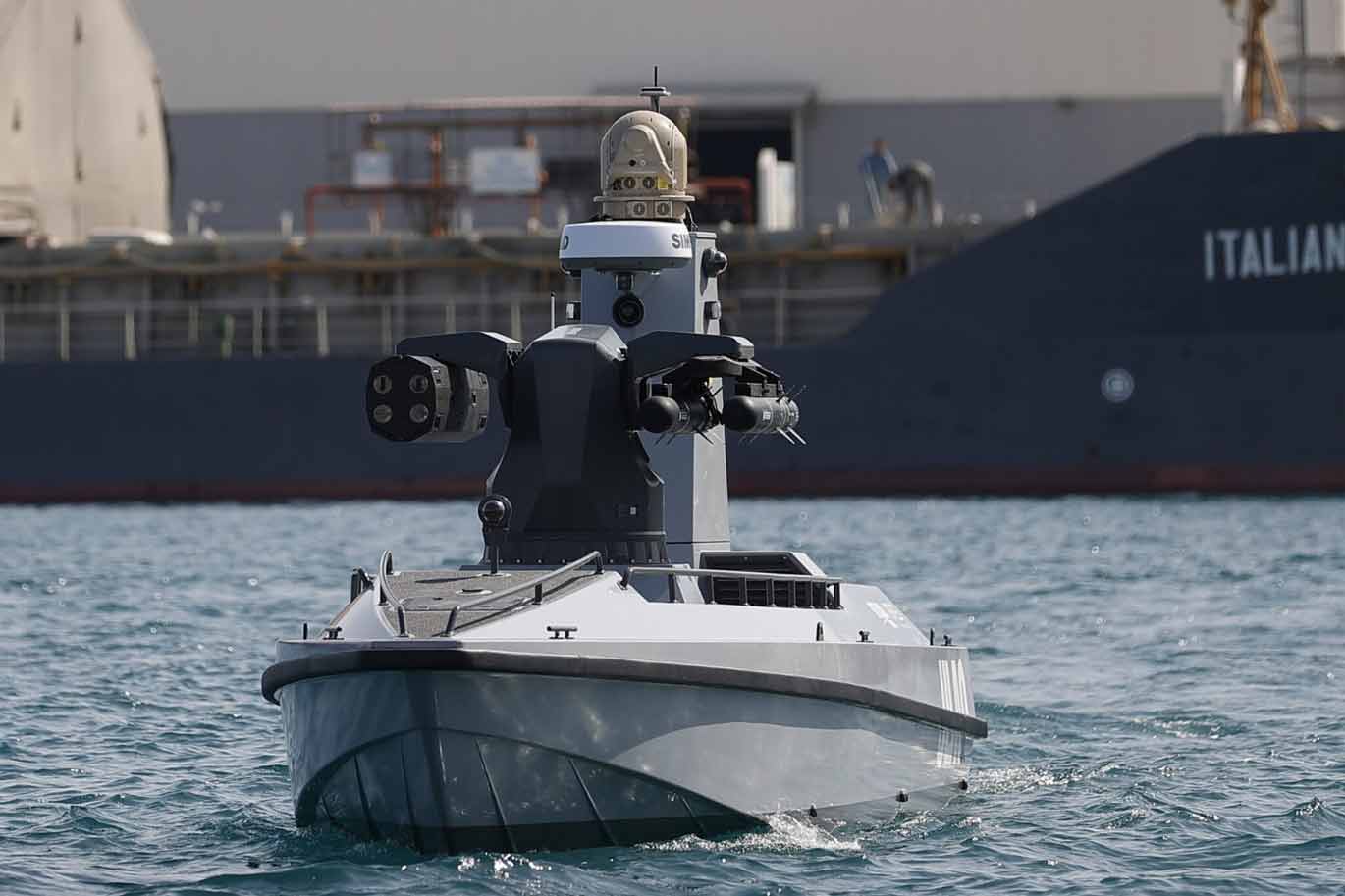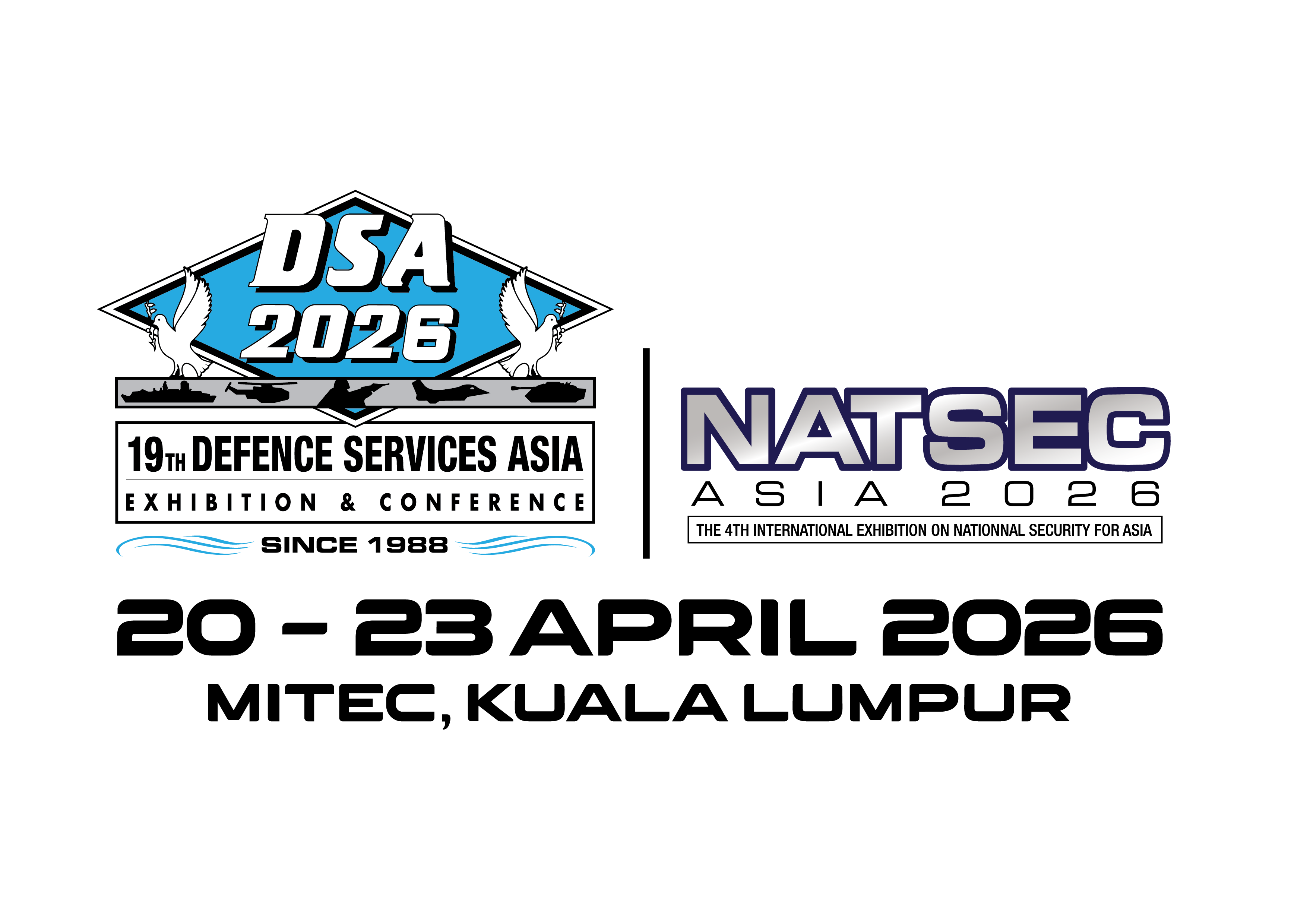INDUSTRY NEWS

Are unmanned surface vehicles a paradigm shift in naval warfare?
September 22, 2023
By:Tayfun Ozberk
Unmanned surface vehicles (USVs) offer several advantages in naval warfare in terms of new capabilities and operation dynamics. USVs can be used for mine countermeasures, reconnaissance and patrols in hazardous environments where the presence of manned ships could entail risk to personnel and more expensive platforms. USVs increase operational flexibility and provide field commanders with the ability to take more risks to accomplish the mission.
Next-generation USVs equipped with advanced sensors, cameras, and communication systems can provide real-time intelligence on enemy activities, vessel movements, and maritime traffic, which improves situational awareness and enables more effective decision-making. Equipped with mine detection systems they can autonomously sweep areas for underwater mines, reducing the risk to traditional mine countermeasure vessels and personnel.
USVs can also play a role in ASW operations by deploying underwater sensors, collecting acoustic data, and participating in coordinated efforts to detect and track submarines. They can also be fitted with torpedoes and ASW rockets to engage enemy vessels. They also have a key role to play in Anti-Surface Warfare. Navies are working on arming these unmanned platforms with different types of missiles. The most significant examples are the US Navy’s Ranger USV fitted with containerised SM-6 surface-to-air missiles, and the Turkish Marlin USV, which will be fitted with dozens of Kuzgun surface-to-surface missiles with a range of more than 40 kilometers.
USVs are also well-suited for addressing asymmetric threats, such as pirates, terrorists, or non-state actors, as they can be rapidly deployed and manoeuvred in response to unpredictable situations.
How USVs have proved their efficiency in the Russo-Ukraine war
The use of USVs by Ukraine against Russian vessels marks a new chapter in naval warfare. These makeshift vessels have conducted successful kamikaze USV (KUSV) attacks during the war. On October 29, 2022, Ukraine targeted naval combatants at the Russian naval base of Sevastopol, using USVs as suicide drones. This attacking style is relatively unfamiliar in naval warfare, although navies have been working on the Concept of Operations (CONOPs) to use these assets as a part of manned fleets.
After the first attack, Ukraine increased the range and lethality of the KUSV, and conducted assaults on Novorosisk and several more naval assets in the middle of the Black Sea. While the Russian Black Sea Fleet was able to repel a few attacks with machine guns, the last two attacks on a Ropucha-class tank landing ship (LST) and a logistci vessel demonstrated that Russian naval forces couldn’t develop a solid countermeasure against the suicide drones.
OSINT analyst, H.I.Sutton, who is an expert in unconventional warfare, says the war in the Black Sea is an important test ground for USVs. “Until the 2022 Ukraine invasion USVs were a technology without a war,” he says. “Consequently USVs were not generally armed. Now it has become an imperative.” Conflicts such as Yemen and the persistent Iranian threat to shipping in the Middle East has also served as an incubator, he adds, but Ukraine has been the turning point.
Samuel Bendett, a research analyst at the Center for Naval Analyses (CNA), says we are at the beginning of a process where unmanned technology will be incorporated into naval CONOPs. “The Ukraine war is unique,” he says, “insofar as the Russian Navy is not very active, which enables Ukrainian USVs to target Russian ships at ports. We are also witnessing a rapid evolution of USV technology by Ukrainians, and a response by the Russian Navy in fielding different types of defenses against such capability.”
Will Unmanned Surface Vehicles change the balance?
The future of USVs offers many opportunities for improvements and advances in various aspects of t design, capabilities, and applications. New weapons and sensors, the ability to operate in a network-centric architecture, coupled with extensive land, air, and space-based surveillance capabilities, are making the front line increasingly recognisable and transparent.
Artificial intelligence-enabled USVs can interpret complex patterns of information from the vast amount of data they collect, enabling command and control systems to build a comprehensive situational picture. Penetrating behind enemy lines without risk of human casualties, providing effective ISR, and engaging enemy assets will be the critical tasks of next-generation USVs.
Further advancements in artificial intelligence and machine learning will enable USVs to navigate autonomously in complex and dynamic environments. Improved decision-making algorithms will help them avoid collisions, adapt to changing conditions, and optimise route planning. Integrating multiple sensors, such as radar, lidar, sonar, cameras, and communication systems, will enhance the USV’s perception, allowing them to gather more comprehensive and accurate data about their surroundings.
USVs can be designed to operate in swarms, working together in a coordinated and distributed manner to accomplish complex tasks. This approach could enhance their capabilities for surveillance, reconnaissance, and other mission types. Developing intuitive and effective human-machine interfaces will enhance operators' ability to control and monitor USVs, making them easier to operate and integrate into existing naval operations
Sutton says the Ukrainian KUSVs can be improved upon and made more stealthy and survivable. “But, in essence, they are already true weaponised USVs.” The future of USVs will likely see a combination of advancements in technology, engineering, and operational strategies that will make these vessels more capable, versatile, and valuable assets in a wide range of maritime applications.
As the unmnanned trend becomes more promising, defence companies have started to develop more types of USVs, which have been showcased at the recent defence expos. At the NAVDEX 2023 exhibition in the UAE, many types of USVs, includines ones produced with 3D printers, were on display. This is a clear sign that the USVs will dominate the seas in the near future.
At the IDEF defence exhibition in Turkey in July, visitors felt the impact of the lessons from the Russo-Ukrainian war. Turkey’s leading defence companies launched new kamikaze USVs with enhanced ranges, communication capabilities and heaveir payloads to increase lethality. Turkish company Havelsan’s semi-submersible KUSV, which dives just before hitting a target to increase damage and survivability of the drone, showed that the future naval scene will become more complicated and risky for combatants.
Bendett believes the lessons learned from the Russian-Ukrainian war will shed light on the future developments of this technology. “The USV dynamic may be different between other naval powers that have active naval activity and manoeuvres during a conflict, but what the current Ukrainian USV use shows is that a relatively low-cost, capable and effective technology is within reach that can stress even established navies, by providing not just attack capability, but ISR as well,” he says.
He compares the approach of the major navies, saying “There is a parallel approach here —major navies like the US and China have been testing different USV/UUV technologies for years, while Ukraine is actually using such technology in combat already. So Ukrainian lessons can be incorporated into USV concepts and tactics undergoing refinement by other countries.”
While the development and improving capabilities of USVs are ongoing, navies are embarking on manned-unmanned teaming (MUM-T) exercises, which refers to the coordinated collaboration between manned vehicles (such as aircraft, ground vehicles, or vessels) and unmanned systems to achieve mission objectives more effectively and efficiently.
The US Navy executed Unmanned Systems Integrated Battle Problem (UxS IBP) exercises to evaluate the coordinated operation of manned and unmanned units. NATO countries have also conducted Robotic Experimentation and Prototyping using Maritime Uncrewed Systems in the vicinity of Portugal. Last year’s Dynamic Messenger exercise had a particular focus on MUM-T. Moreover, the US-led NAVCENT-led IMX exercises have attached a particular focus on the operation of USVs.
The benefits of USVs — reduced risk, sustained and widespread presence at sea, deterrence, national security impact at lower unit cost, and exceptionally short procurement times — are whetting countries' appetites for USV deployment.
As USVs prove their value in real-time operations and conflict, defence contractors will continue to improve these vessels, which will change the nature of naval warfare.
Source:
https://www.defenceprocurementinternational.com/features/maritime/are-unmanned-surface-vehicles-a-paradigm-shift-in-naval-warfare

